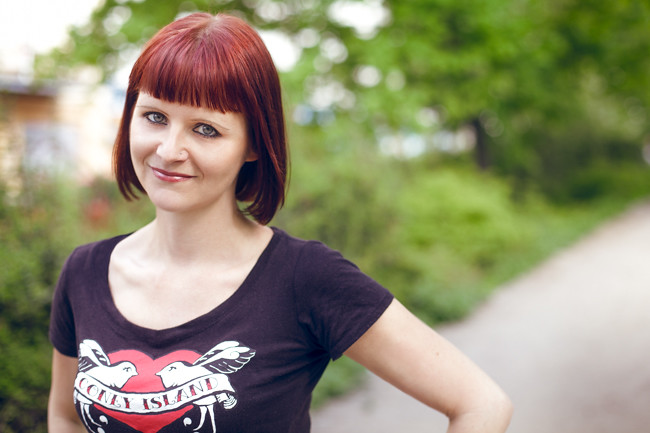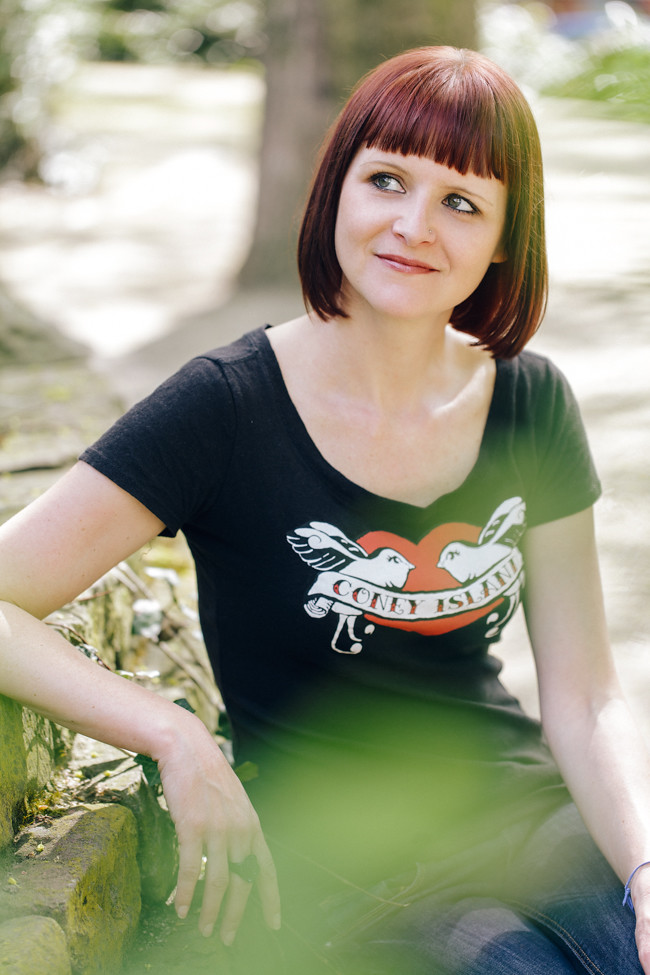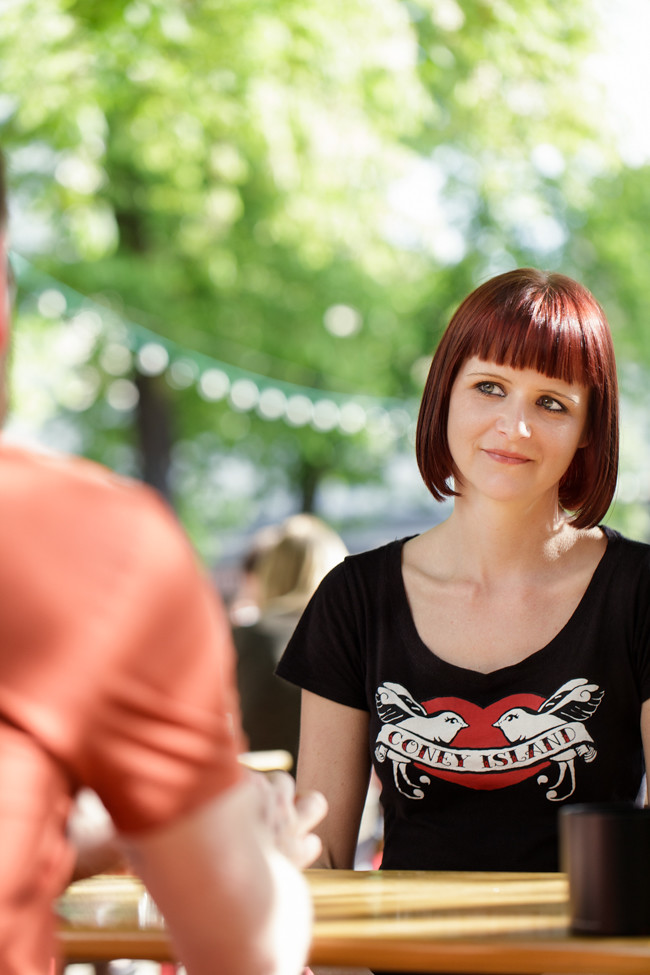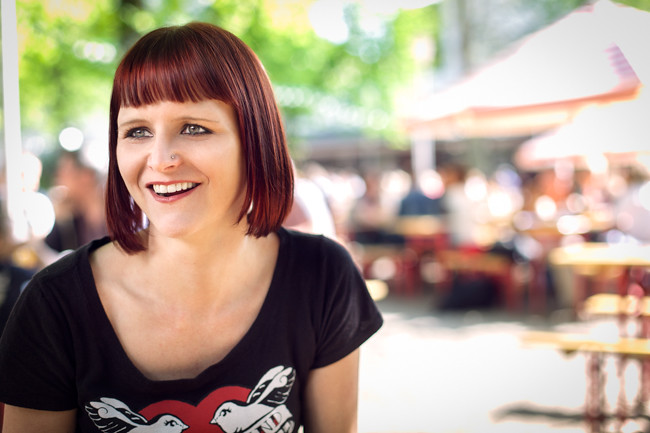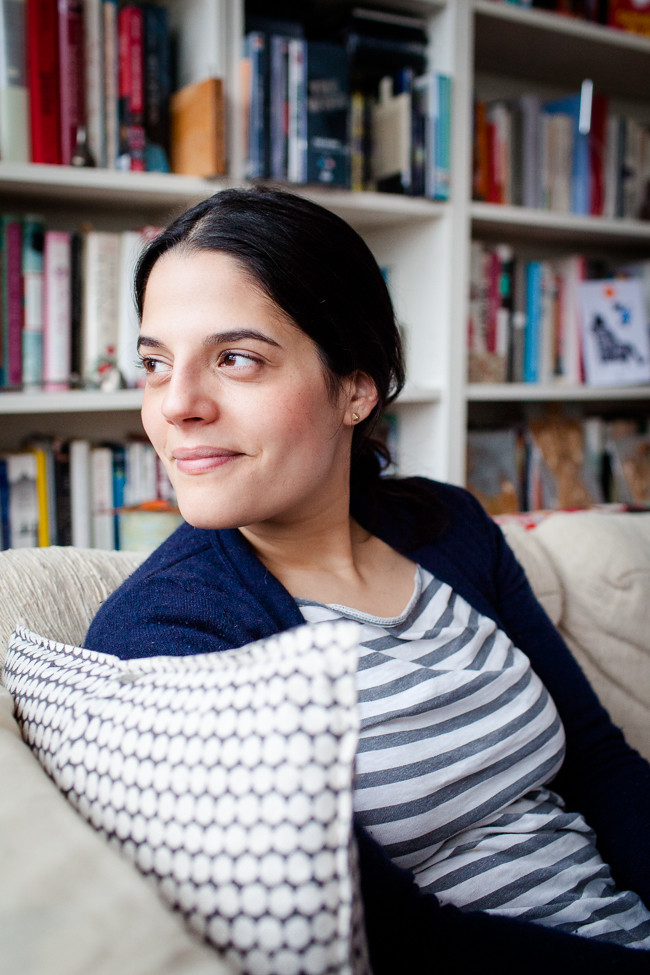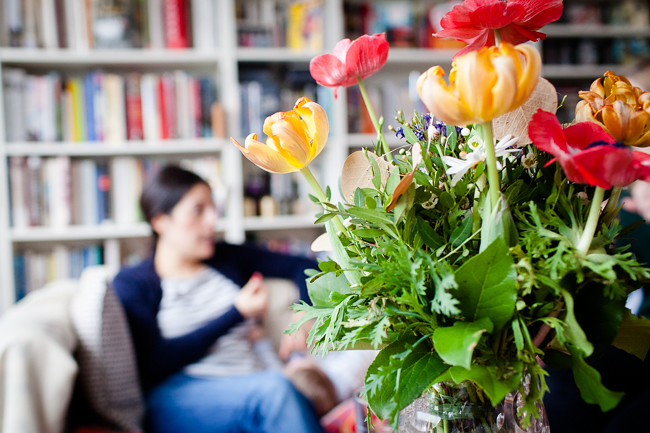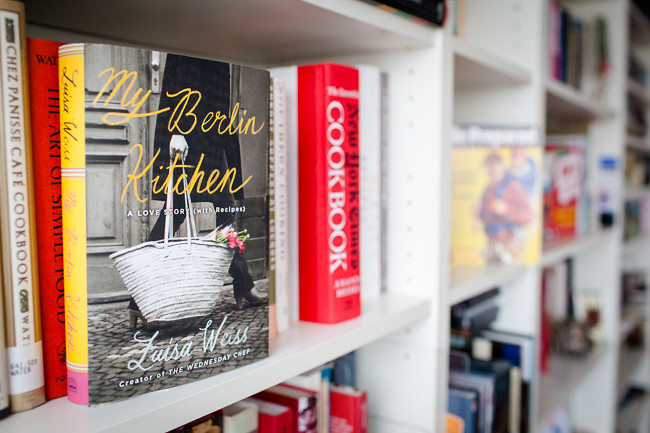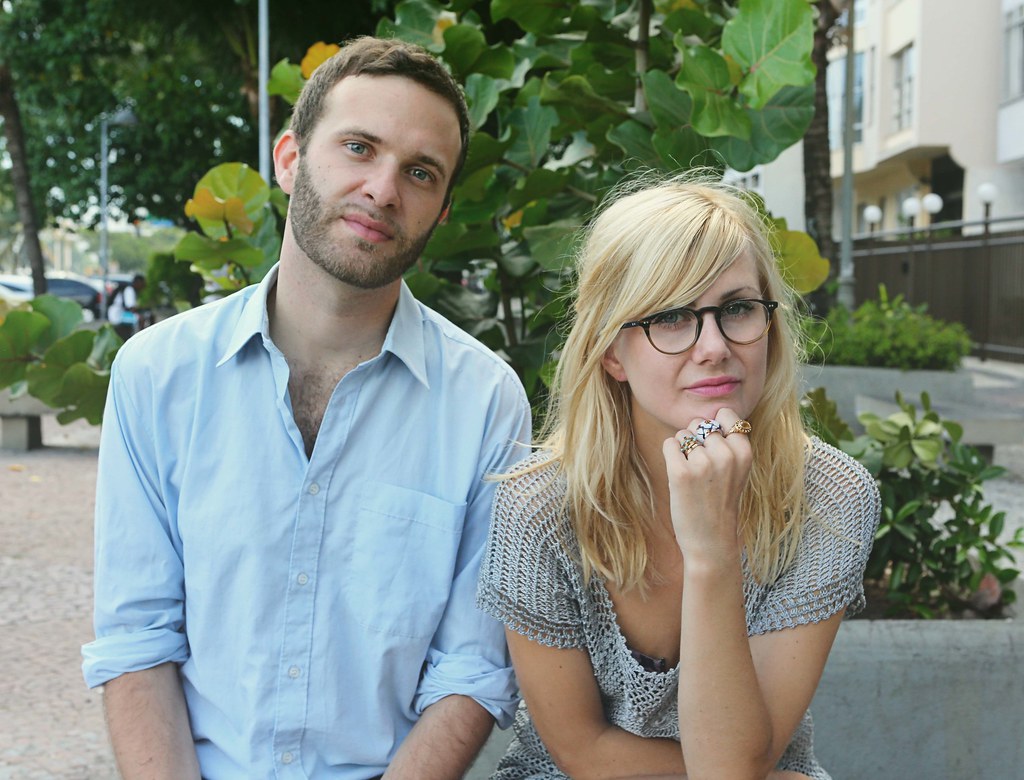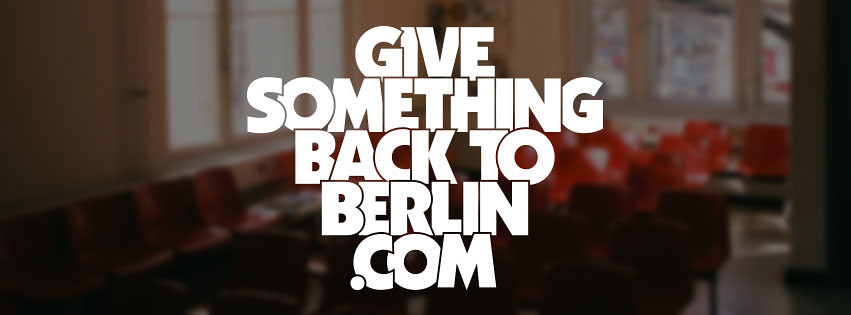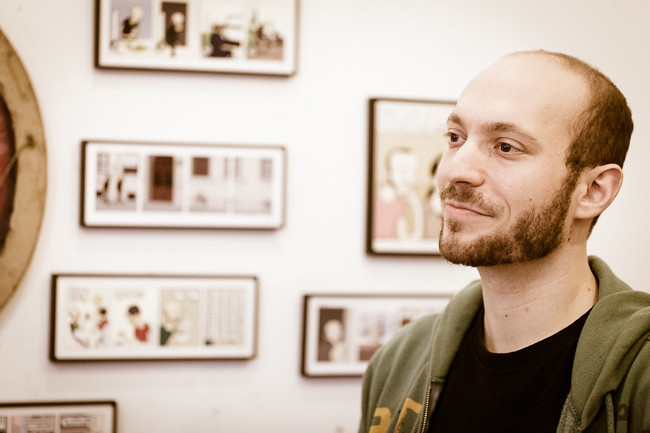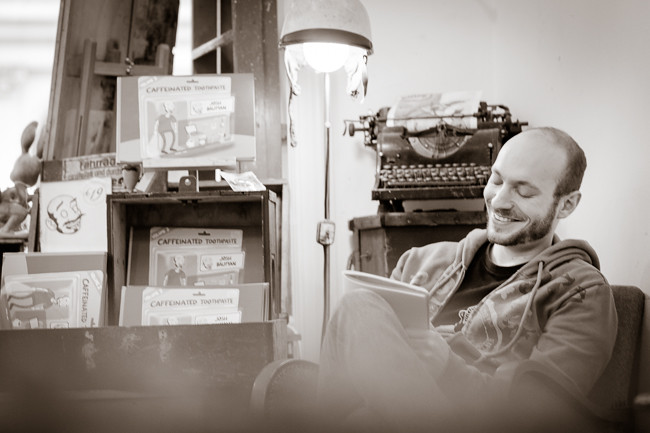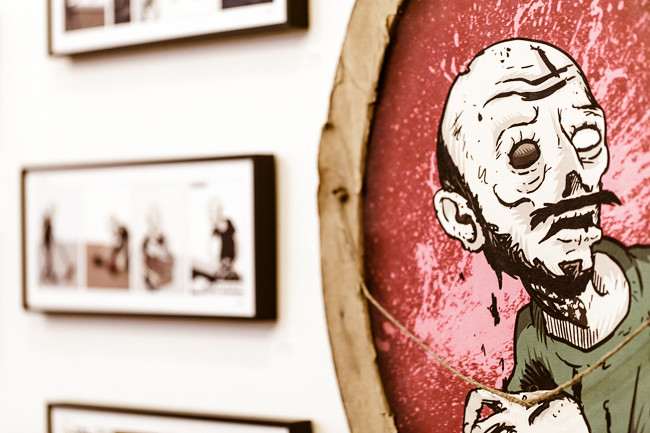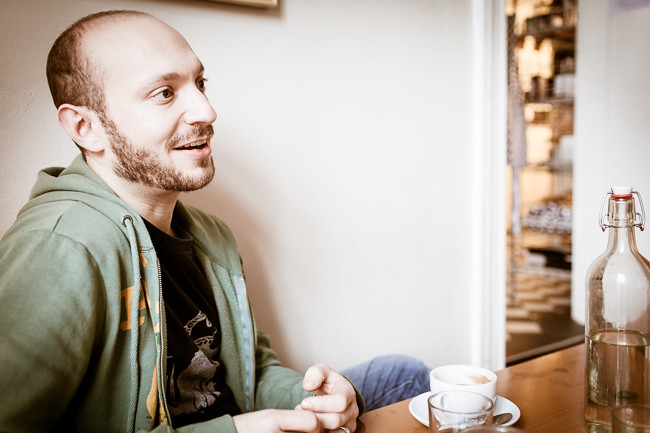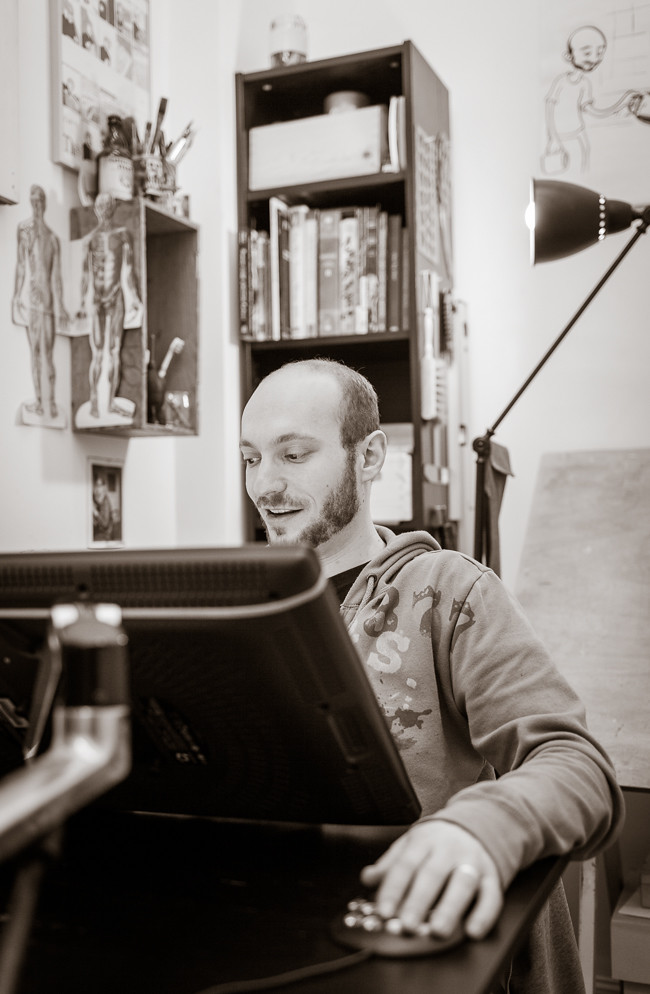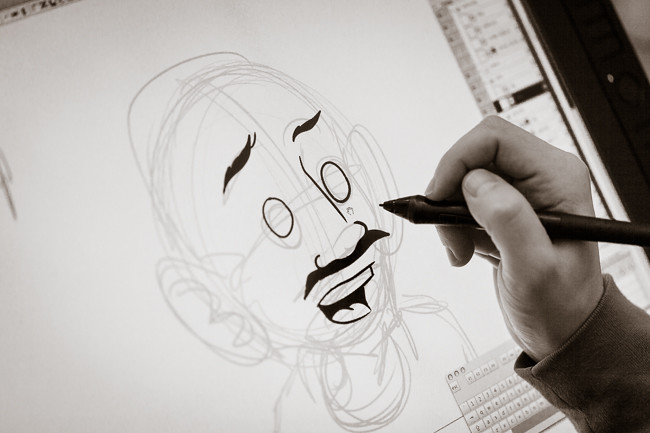Berlin Portrait: Sophia Schwan
by James and Zoe
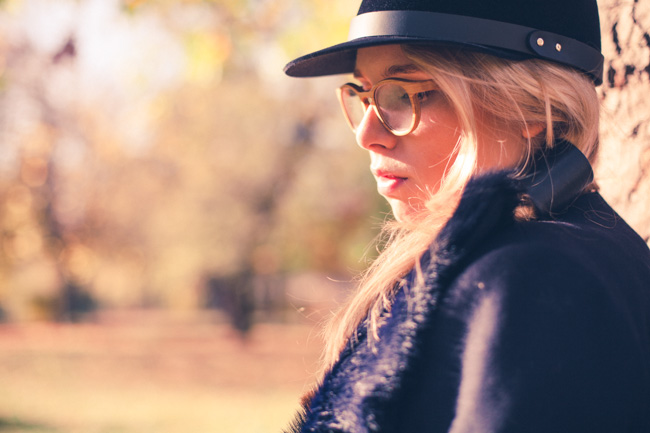
Introduce yourself!
I‘m Sophia Schwan, 25, finally settled in Berlin after leading a slightly nomadic life. I now work as a full time stylist, having quit a job in PR in August. On the side I also do some freelance writing and blogging.
How long have you been here?
For once I can say “not long enough”. I moved here in the summer of 2010.

And what brought you here?
The city. I spent two months alone in Berlin taking a course at the ESMOD fashion school when I was 16, and fell head over heels in love. I was living with students six or seven years older than me and knew absolutely no one. I spent the whole summer exploring every nook and cranny and just knew that one day I had to end up here. That day didn‘t come though until I finished my studies in Aberdeen.
Does Berlin feel like home?
Completely. I have never really had that feeling before. My parents moved around with us a lot throughout Germany and the US and the four years in Aberdeen on my Erasmus exchange always felt like something temporary. I have the most amazing circle of friends here and couldn‘t possibly feel more at home than I do now. It‘s the most wonderful feeling in the world.
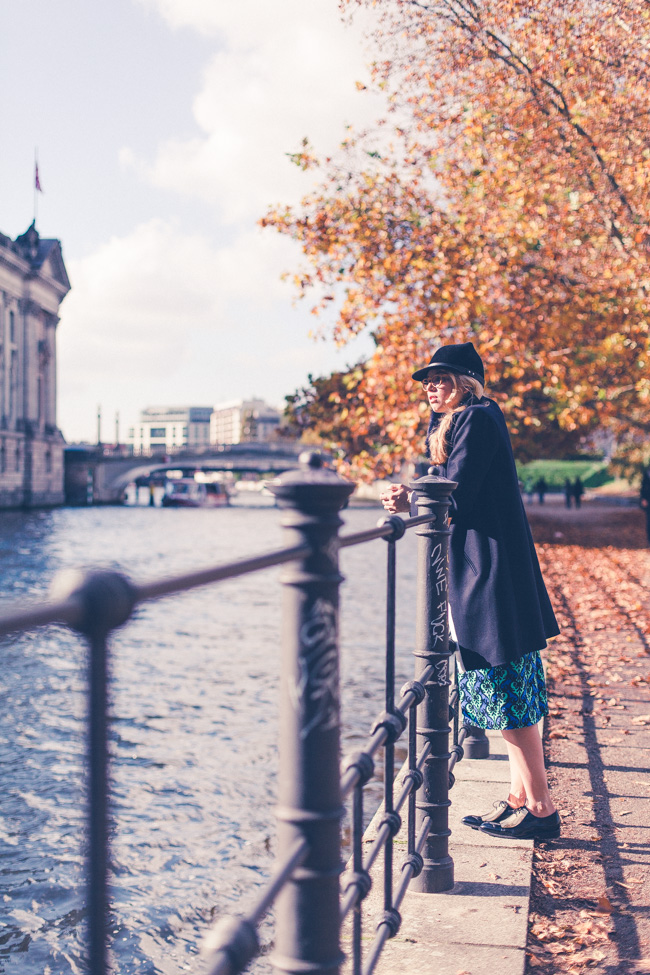
For the expats who’ve never made it outside the Ringbahn, how is Berlin different to the rest of Germany?
Lol! I‘m originally from Wiesbaden and the age average of the population there is probably 40. It‘s an extremely beautiful city, very boring – but I love it nonetheless. It‘s my Heimat so how could I not?! To answer your question though, Berlin is the most cosmopolitan and international city in Germany by far. There is no other place where even the biggest weirdo can make himself at home, where you can be who you want to be and no one gives a crap – whether you‘re walking barefoot down Warschauer Straße or cycling with a dog sitting on your shoulder and a boom box blasting out Elton John. I have in fact witnessed that.
How is the fashion scene here different to the rest of the Europe? And which Berlin designers should we be keeping an eye out for?
Berlin is home to so many good designers that more people really need to know about and support. I try to represent as much homegrown talent as possible in my work: Vladimir Karaleev, Issever Bahri, Franziska Michael, Rebecca Sammler, Achtland, JuliaandBen… they are all so talented. I could go on and on. I‘d say overall Berlin‘s streetstyle is muted and extremely laid-back but with interesting details. It’s like a mix of sloppy Scandinavian-meets-London. Berlin‘s fashion scene is still developing compared to cities like Paris and London but that‘s what makes it so special. People still have time for each other here. Everything is more slow-paced and not as glitzy and annoying.
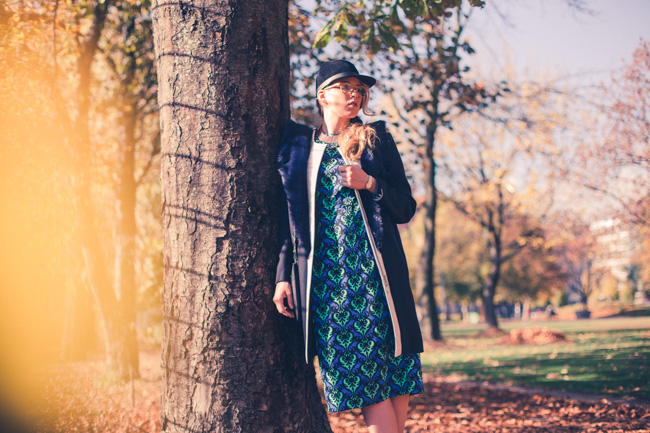
Tell us about your neighbourhood, and what you like about it.
I‘ve only been living in Friedrichshain since March. Before that I lived in Prenzlauer Berg amongst a sea of children and before that across the Bundesnachrichtendienst in Mitte where there is nothing except a giant slab of concrete literally staring at you. I loved living in Prenzlauer Berg too but I prefer Friedrichshain. It‘s a bit dirty and gritty but it’s got its own bohemian and graffiti-sprayed beauty, that I couldn‘t go without any more.
Friedrichshain is mayhem and I‘ve randomly met so many crazy characters here. One Friday night I ended up sitting on a bench in my pyjamas until three in the morning with my dog and my flatmate’s dog, drinking beers with three old-school, very neddy Berliners, one of them telling me about his experience in prison, and a random couple that stopped to talk. I was only planning to walk the dogs quickly! Everyone was raging on about gentrification and old vs. new Berliners. Things got pretty heated and at 3am in the morning we all ended up hugging each other and then went off clubbing together. Not me in my pyjamas of course, I went to bed. It was bizarre.
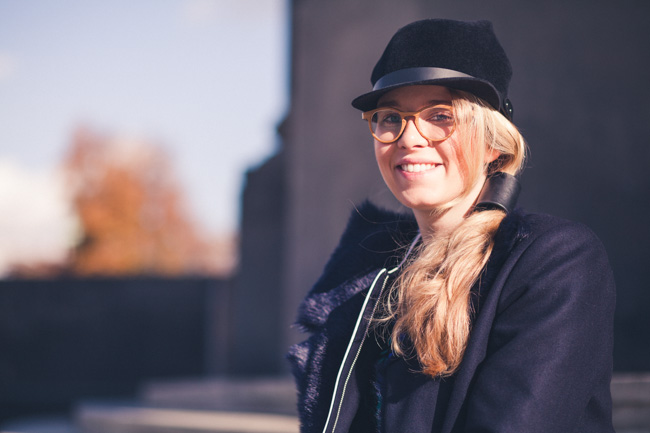
And what are your five favourite things in your neighbourhood?
The clash of people, the dog-friendliness, the bohemian atmosphere, the Oberbaumbrücke and the fact that when I step outside my door I‘m in the middle of a party at all times.
And your three favourite Berlin places?
I am a huge lover of vintage and Gaudeli’s Vintage on Seumestraße is my absolute favourite vintage store in Berlin. The owner sources all her pieces from Italy and the quality and designs are impeccable and really timeless.
For some really delicious and moderately priced Japanese and Korean food I always visit Rice In on Grünbergerstraße. My favourite dish is Zirashi Don with its fragrant rice, raw fish and avocado. Yummy!
Urban Spree is an amazing place to get inspired by art and lounge around in the summer with a beer in your hand. They always have interesting exhibitions or film nights on so make sure you give it a visit!

See more photos from the shoot over on Zoë Noble Photography.


















